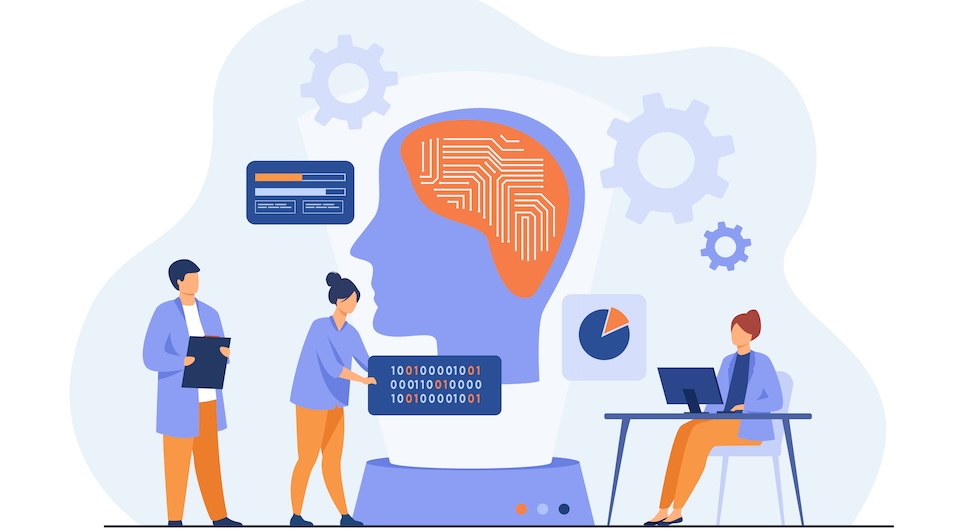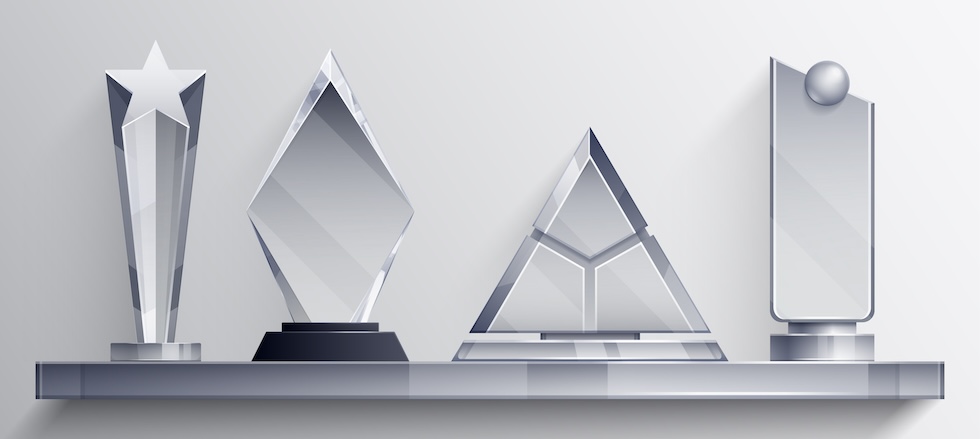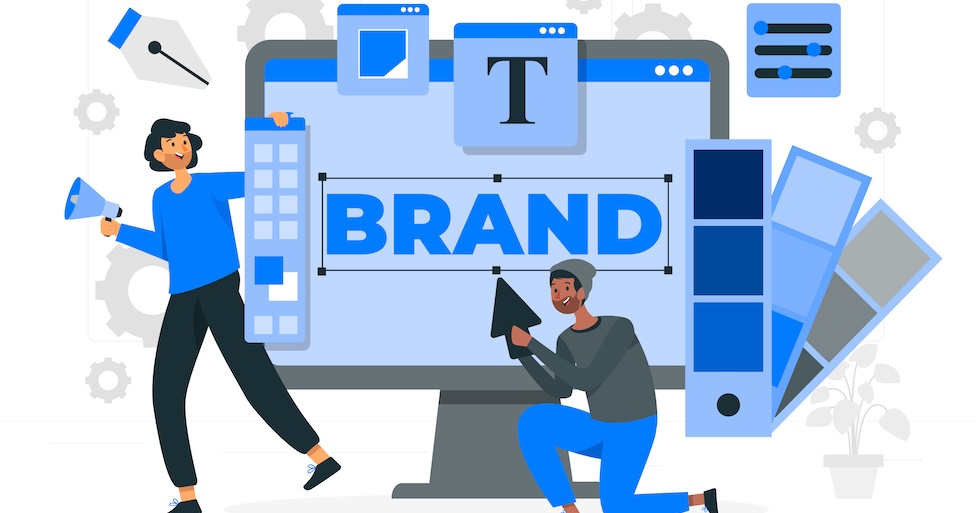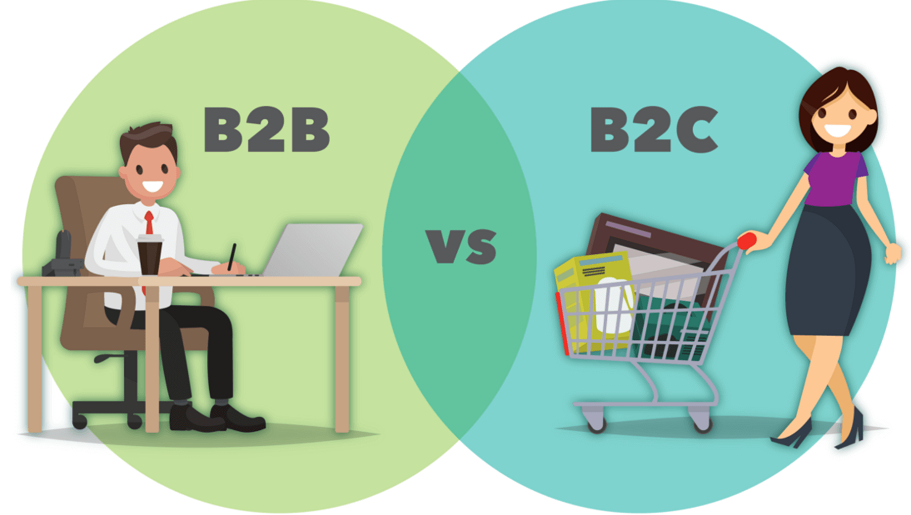The difference between B2B and B2C eCommerce seems self-explanatory on the surface, i.e. the target population in B2B is another business while in B2C it is an individual.
A piece of crucial knowledge is to understand that B2C transactions profit the seller and B2B transactions profit the buyer and the seller.
Let us look at the difference between eCommerce B2B and B2C.
1. Looks Matter
A very notable difference B2B and B2C eCommerce has is related to the company website. People are more likely to navigate a website if it looks attractive and easy to navigate.
Individuals find discounts, trending products and best-selling items welcoming. Having offers and coupons on the homepage provokes them to explore the website further.
Detailed categorization of products and a variety of filters make it easier to search for products.
For example, having different sections for crop tops and tees is more comfortable than having only one general category of tops wherein customers have to scroll endlessly to find what they have in their mind.
In the B2B context, having a more informative homepage is important. A “why choose our company” section explaining how your products and practices stand out from the other companies is necessary.
Effective categorizing is crucial here as well. The website should appear more professional for B2B interactions and should give a clear idea of what exactly the company provides and who is it for.
2. The Difference in Customer Service

The difference B2B and B2C eCommerce has in terms of customer service is that in B2C it is used to answer simple, direct questions and offer discounts etc.
Having FAQ’s addressing some products is also advantageous. The questions do not become too detailed. A chatbot can handle all the queries effectively.
Businesses shop online for products which enable them to expand their own business. It means that they want a more personalized experience.
They are more likely to ask complicated queries related to each product. In this case, a knowledgeable customer support team must be employed and answering doubts over video calls are allowed.
3. Receiving Payments

The difference B2B and B2C e-commerce experiences during the payment processes are significant. B2C costs are mostly less and refunding in case of unsatisfactory services is not a big deal.
A smaller number of steps for payment makes the process quick and provides an incentive for the customer to come back.
It is unappealing and doubtful when a lot of information is gathered during the payment process. People are more likely to decline a transaction if the payment process takes a long time.
Another striking difference B2B and B2C e-commerce have are related to cybersecurity. Fraudulent events in B2B transactions can tarnish the reputation of the company.
The customers also suffer heavy losses. It is not easy to refund money in B2B transactions. That is why extreme caution practised while making payments.
It is a must to allow options for customers to pay in small instalments. It is also necessary to have personal interactions and discussions regarding different conditions as a part of the payment process.
4. Information About the Product

Knowing the difference B2B and B2C e-commerce has when it comes to describing products will go a long way. B2C businesses often comprise broad specifications of their products such as colours available, type of materials used, length etc.
A detailed product description would contain a size chart at most. Most customers assume that a product will work before shop online it.
B2C transactions are usually more expensive. In many cases, products for businesses purchased in bulk, a lot of capital gets invested.
Businesses need detailed descriptions of the products, attaching a downloadable pdf file with detailed information about the product is necessary. Choosing a product involves a lot of interaction between both the parties and is a long process.
Businesses are also more likely to stay loyal to a company when their services are satisfactory while individuals are likely to go anywhere they get a better offer.
This is why understanding the difference between B2B and B2C models in eCommerce is necessary.
5. Pricing

Of salience is the difference between B2B and B2C models in eCommerce regarding the nature of price negotiations.
In B2C e-commerce, the price is mostly kept non-negotiable and heavily depends on the demand for the product.
It is not surprising to see trending items being overpriced. Different websites offer the same products at different prices which makes it crucial for customers to check as many websites as possible.
The demand of a product influences its price even in B2B e-commerce, but of more importance is the features of the product.
A machinery’s worth depends on the number of functions it can carry out, shelf life, warranty and guarantee conditions, maintenance costs along with the brand name. Businesses are clever.
They recognize when another company offers better quality products. Overpricing in B2B e-commerce is only justified when the brand name is associated with consistently good reviews over a long time.
Many a time, small businesses will also opt for newer, smaller providers to fit their budget.
6. Order Quantity Permitted.
B2C e-commerce functions on single or multiple orders. There is usually no need to have a ceiling quantity for online shopping to go through.
In a B2B transaction, however, it is impractical to sell just one of anything. Having a minimum order quantity requirement is essential.
This difference between B2B and B2C eCommerce is noteworthy because it makes sure that the wholesale company has a reasonable profit margin.
These minimum order quantities depend on how much capital gets invested in manufacturing the products.
Conclusion
The difference B2B and B2C eCommerce has depended on the interaction between several factors. B2C e-commerce is driven by emotions and B2B is rational.
Making purchases on impulse is non-existent in B2B transactions. B2B clients are less affected by the usual business gimmicks.
They are cynical. In the end, despite the difference between B2B and B2C eCommerce, consumer satisfaction is of utmost importance.
Also Read: 7 Reasons PVC Is a Sustainable Option for Pipe Infrastructure

















Add Comment